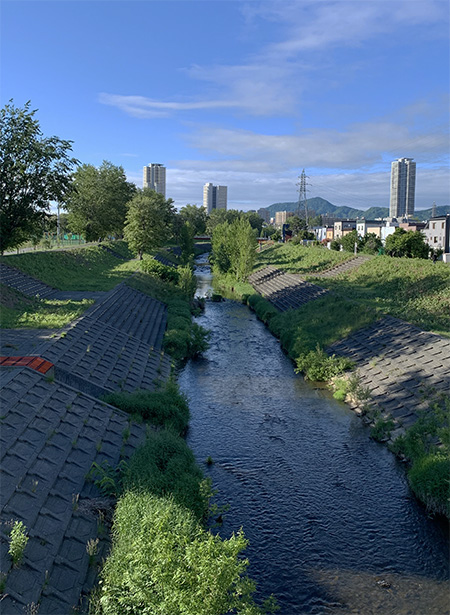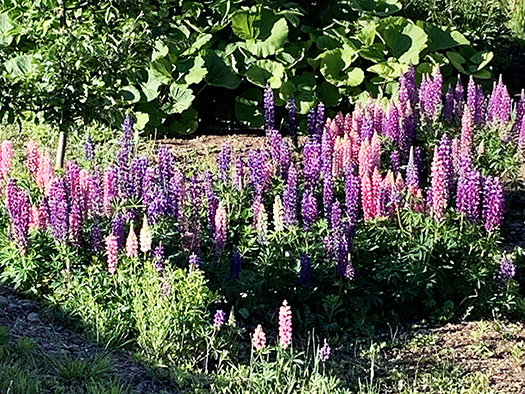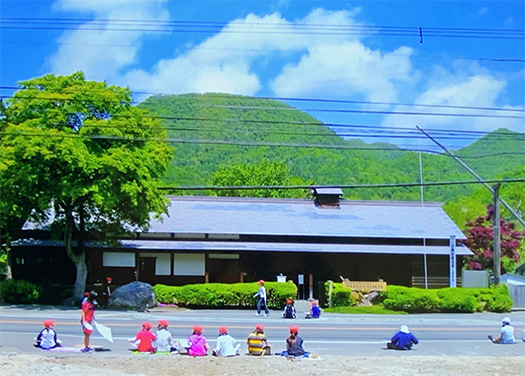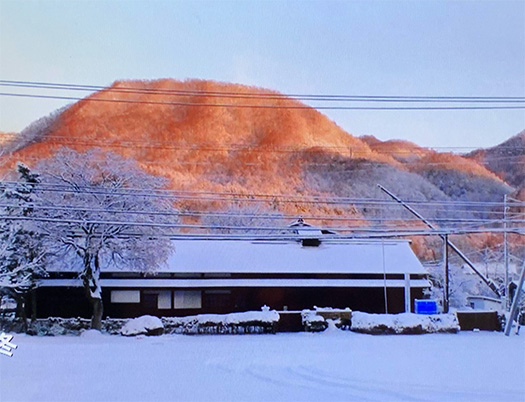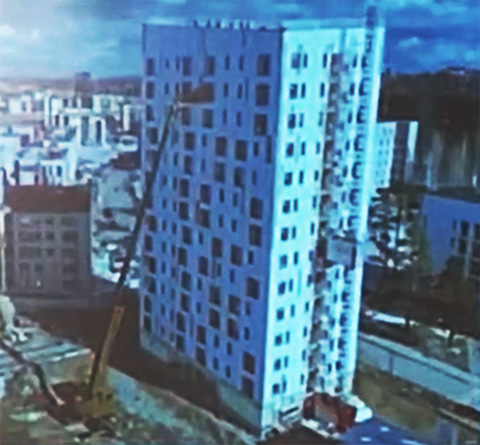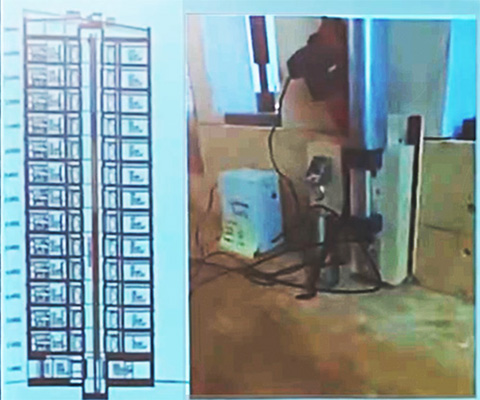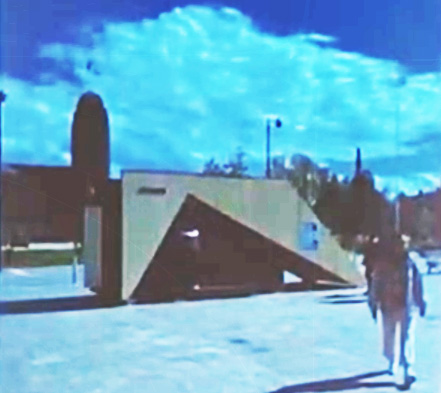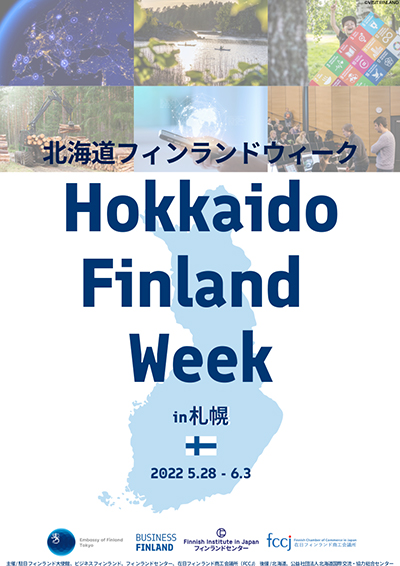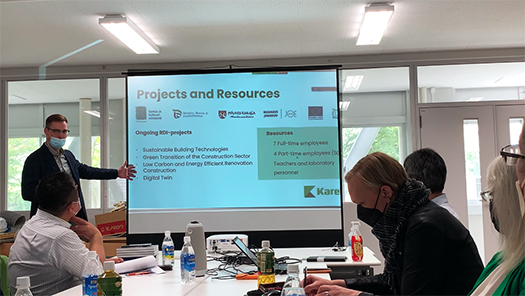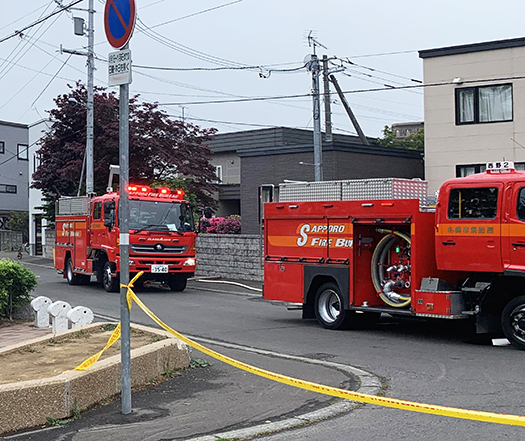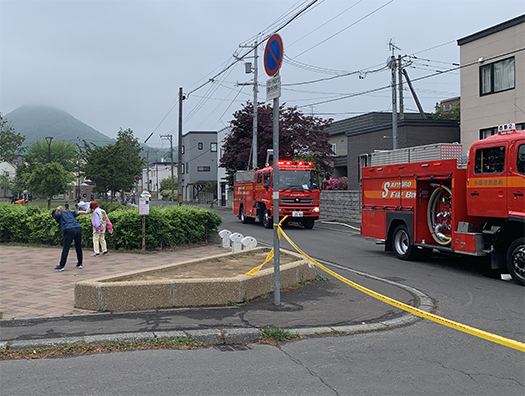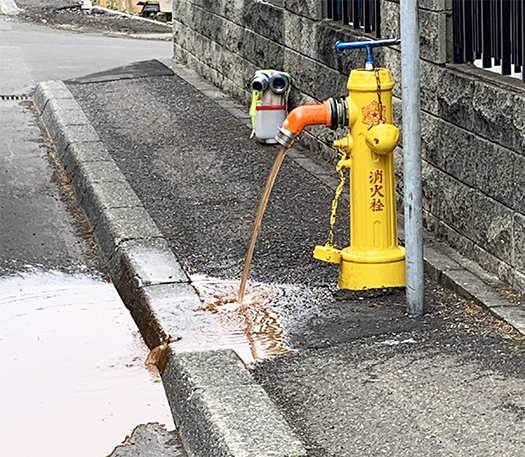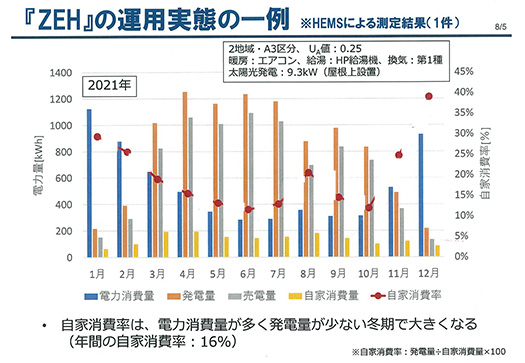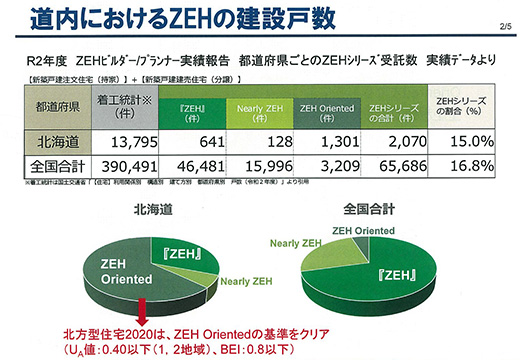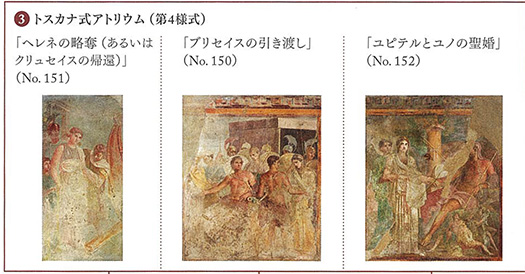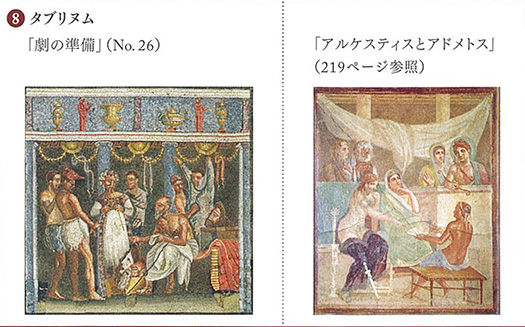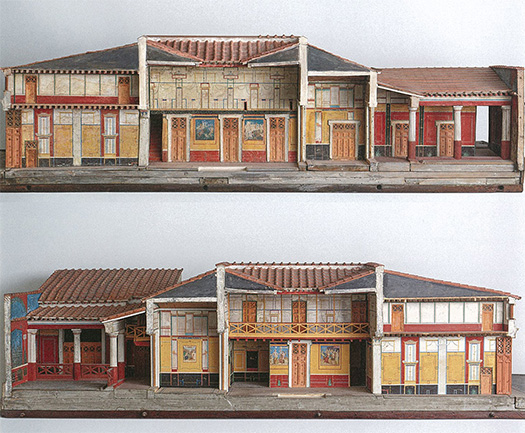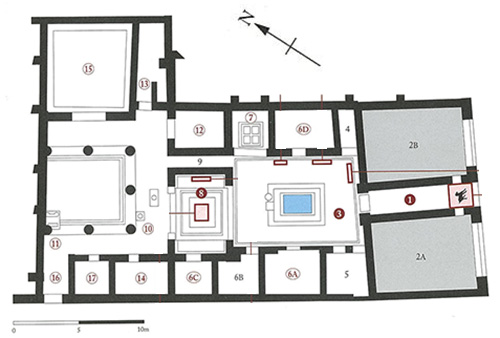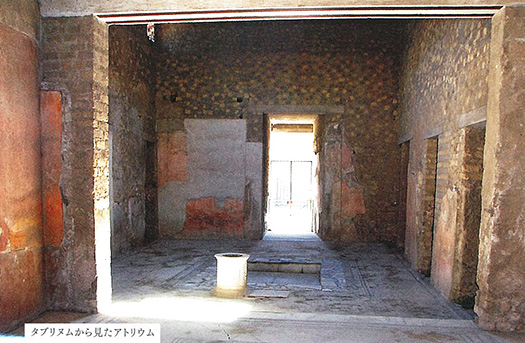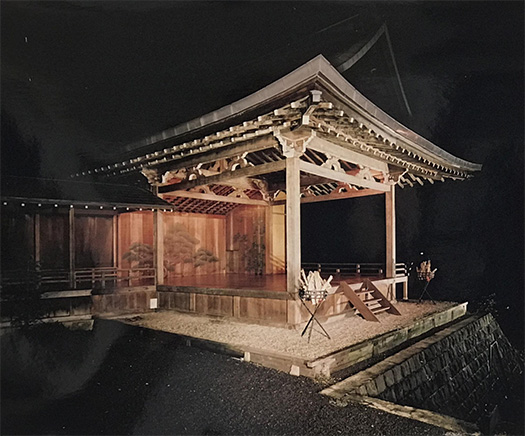
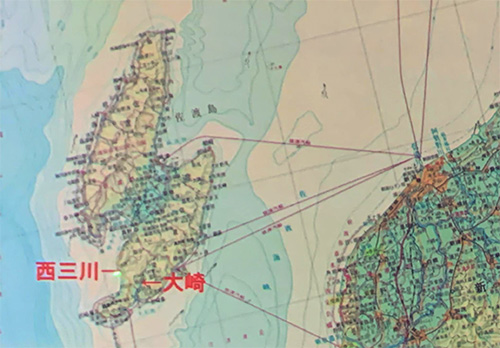

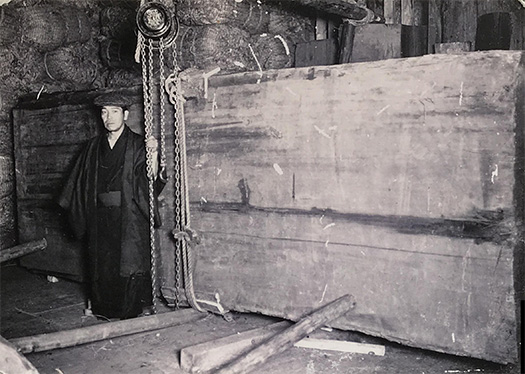
先週の土曜日、Facebookの友人の情報をチェックしていたら、
小樽在住の建築の達識・駒木定正氏が小樽に残る能舞台について
講演会を行うという案内に遭遇した。
それも「本日・・・」という案内なのであります(!)。
おいおい、というところですがこの能舞台は5年前に撮影もしていた。
ところが、取り紛れていて情報開示していなかったことに
このお知らせを目にして「おお」と気付かされた次第。
この能舞台の情報は以前から駒木先生から教えられていたので、
先生から「あの〜」と声掛けされているように感じさせられた。
急な日程にはなるけれど、これはぜひ参加しなければと急行した。
なんとか、開始前に到着して一番前の席が空いていたので
ちゃっかり席を占拠して、先生にもご挨拶させていただけた。
ふ〜といったところであります。
地元の古建築についての先生の探究成果を学ばせていただけた。
北海道は150年程度の日本文化史でありもちろん民の側で能舞台などは
これ以外に存在していない。
発注者・数寄者は明治10年新潟県佐渡生まれの岡崎謙氏。
明治21年の少年期に小樽で荒物卸・倉庫業を営んでいた父の元に移住。
その後、現一橋大学に学び宝生流の波吉門下にて能をたしなんだ。
明治32年、父の死去に伴って事業を後継した。
・・・という経緯で20歳そこそこで事業を継いだことになる。
大正11年45歳前後で小樽市議会議長を務めているという地元の名士。
事業の方は安定していたと思われ、大正13年頃から
若いときの伝統芸能への心酔に導かれ能舞台建設に着手したとされる。
小樽市の私邸敷地内に広さ64㎡(橋掛り含む)、
建設費16,873円43銭
(現在の約1億7千万円)をかけて創建した。
東京九段の靖国神社能舞台(旧芝能楽堂)に調査に出向き
大工棟梁の小杉米蔵をともなって詳細に設計プランを煮詰めた。
用材としては、故郷の佐渡に残る「神代杉」の利用を考え、
河川に倒木として眠っていたその神代杉を「掘り起こした」という。
能舞台の背中、鏡板というメイン部材として利用した。
写真の3−4番目はその掘り起こしと直系2.4mというその勇姿。
これだけでも大事業だと思えるが、それを小樽まで運び込んだ。
神代杉の運搬には船1隻を借り切り、木挽きも佐渡から呼び寄せた。
そのほか、九州産のヒノキ、北海道産の松などを厳選したという。
開拓期の北海道は無尽蔵なほどの物資需要が旺盛で
そういった好景気が「入口」となった小樽にはもたらされたのでしょう。
景気の良さは「北のウォール街」とまで表現された。
この岡崎氏の私的事業も「数寄」として人口に膾炙したに違いない。
このような空気感、いまとなっては蜃気楼とも思えます・・・。
この項、続きます。
English version⬇
Japanese Architectural Culture in Hokkaido: Otaru’s “Noh Stage”-1
Otaru, the Wall Street of the north, was like Sakai in the Middle Ages, where pioneer goods were gathered and dispersed, and the economy was booming. The stage is made of 2.4-meter-diameter Jindai cedars dug out from the river on Sado Island, his hometown. The…
Last Saturday, I was checking in on a Facebook friend of mine.
I came across an announcement that Sadamasa Komaki, an architectural expert living in Otaru, was to give a lecture on the Noh stage
Sadamasa Komaki, an architectural expert who lives in Otaru, will give a lecture on Otaru’s remaining Noh stage.
It was also an announcement that “today…” (!). I was surprised to hear that the lecture was going to be given by Sadamasa Komaki.
I had photographed this Noh stage five years ago.
However, it had been taken in confusion, and the information had not been disclosed.
I was surprised to see this notice.
Mr. Komaki had already told me about this Noh stage.
It was as if he had asked me to come.
I had to attend this event, even though it was on short notice, so I rushed to the site.
I managed to arrive before the start of the class and found a seat in the front row available.
I managed to get there before the event started and found the first seat available, so I was able to occupy it and say hello to the teacher.
I was very happy to be able to sit down and greet the professor.
I was able to learn about the results of the professor’s exploration of the local ancient architecture.
Hokkaido has a 150-year history of Japanese culture, and of course, the Noh stage is not the only one that exists on the people’s side of the island.
There is no other Noh stage in Hokkaido.
The person who ordered the Noh stage was Ken Okazaki, who was born in Sado, Niigata Prefecture in 1877.
He moved to Otaru as a boy in 1888 to join his father, who was running a wholesale and warehousing business of rough goods in Otaru.
After that, he studied at Hitotsubashi University and learned Noh under Hakichi of the Hosho school.
In 1897, he succeeded to the business upon his father’s death.
He succeeded to the business at the age of just under 20 years old.
In 1922, at the age of around 45, he became the chairman of the Otaru City Council, a prominent local figure.
The business seems to have been stable, and from around 1924
It is said that he started the construction of a Noh stage, guided by his passion for traditional performing arts when he was young.
The stage, 64 square meters in size (including the bridge), was built on the grounds of a private residence in Otaru City.
It cost 16,873.43 yen (about 170 million yen today) to build.
The Noh stage of Yasukuni Shrine (former Shiba Noh Theatre) in Kudan, Tokyo, was visited for research.
He visited the Yasukuni Shrine Noh Stage (former Shiba Noh Theatre) in Kudan, Tokyo, and worked out a detailed design plan with Kosugi Yonezo, a master carpenter.
For the materials, he considered using “Jindai cedars” that remained in his hometown, Sado Island, and decided to use a cedar that had been lying in a river as a fallen tree.
They “dug up” the Jindai cedars that had been lying in a river as fallen trees.
The cedar was used as the main material for the back of the Noh stage and for the mirror panel.
The third and fourth photos show the excavation of the cedar and its 2.4 m height.
This alone would seem to be a major undertaking, but the cedar was transported to Otaru.
A ship was rented to transport the cedar, and a woodcutter was also brought in from Sado Island.
In addition, they carefully selected cypresses from Kyushu and pine trees from Hokkaido.
During the pioneering period in Hokkaido, the demand for goods was so great that it was inexhaustible.
Such a booming economy must have been brought to Otaru, which was the “gateway” to the city.
The economic boom was even described as the “Wall Street of the North.
Mr. Okazaki’s private business must have also been well-known among the population as “Sukiyomi.
This atmosphere seems like a mirage nowadays….
This section will be continued.
Posted on 6月 7th, 2022 by 三木 奎吾
Filed under: 住宅マーケティング, 日本社会・文化研究 | No Comments »


